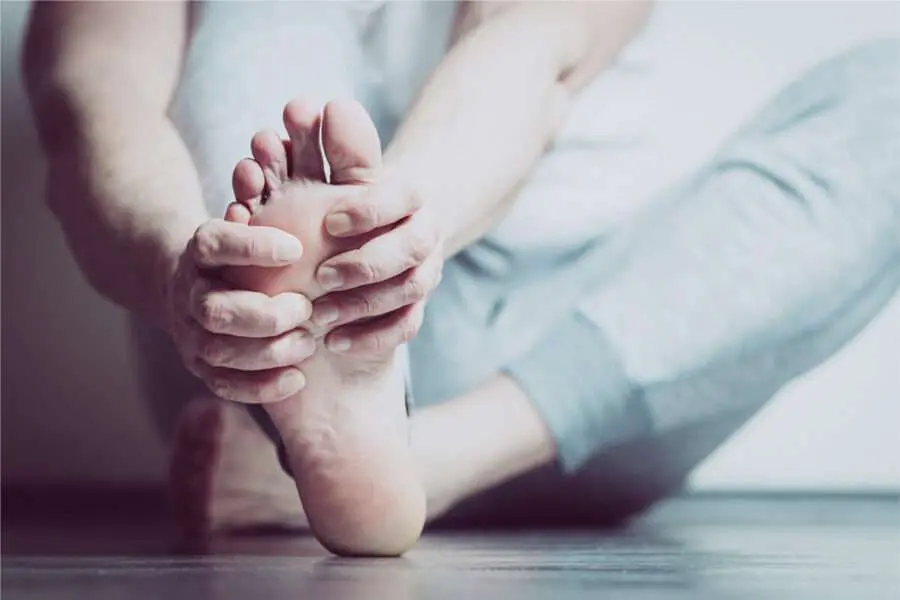
You’re at the beach with your toes outstretched, and it’s the first time in the year that your feet see the sun and feel the caress of the wind. It is also one of the few occasions when you can go barefoot through the sand, but watch out for its heat, roughness, and even tiny debris! Although there are numerous benefits to walking barefoot, it is best to be cautious and protect your feet at all times, especially if you are not used to walking on natural outdoor surfaces.
Why should you protect your feet at the beach?
Beaches are frequently considered idyllic places with warm sand and clear blue water. However, it is important to be aware of some hazards associated with foot health. Why protect your feet at the beach?
Your feet will come into contact with thousands of other people’s footprints on a public beach. The contagious plantar wart must be avoided. You can reduce your risk of infection by cleaning your feet well after a lazy day and wearing sandals to safeguard your feet.
In addition, the sand’s roughness can cause your feet’s skin to dry out, harden, and develop painful calluses over time.
Did you know that sunburn can also affect the feet? Along with the rest of your body, this well-hidden area of your body needs sunscreen protection as well.
Finally, the sand may conceal unpleasant surprises brought by the water, such as sharp or abrasive debris or, in a more natural setting, aquatic creatures like sea urchins, shells, and jellyfish that can injure people when they come into contact with them.
It is advisable to consider protecting your feet if you want to avoid having a bad day.
Take care of your feet to avoid the beach’s hazards
It is likely that the summer gear, which includes sunglasses, a hat, and sunscreen, will be nearby when you decide to venture outside in the sunshine. But remember to apply sunscreen to both the top and bottom of your feet before you put on your sandals or go barefoot to protect them. The skin on the soles of your feet is delicate and prone to sunburn.
It is a good idea to choose sandals to prevent minor cuts and irritations, but comfort should come first, above all else. In fact, flat-soled sandals that do not fit the foot arch well can lead to long-term foot pain and deformation. Try to determine if your heel is supported and if the sandal seems like it is distributing your weight evenly.
Finally, wash your feet after every trip to the beach and dry them well to prevent the growth of bacteria. This will allow you to avoid infections like warts and will also help you take care of your feet. You can also protect your feet by applying cream to keep your skin supple and avoid chapping.
When should I get in touch with a health professional?
Despite the precautions you take to protect your feet at the beach, it is still possible to sustain an injury that necessitates the help of a foot health specialist.
Without protection, a foot exposed to the sun can become painful, red, hot, and swollen. After sun exposure, generously apply after-sun cream and keep an eye on your skin’s appearance. You should see your podiatrist right away if the area looks like a blister on the outside and the pain does not go away. Continue to moisturize your foot to limit the spread of the burn.